
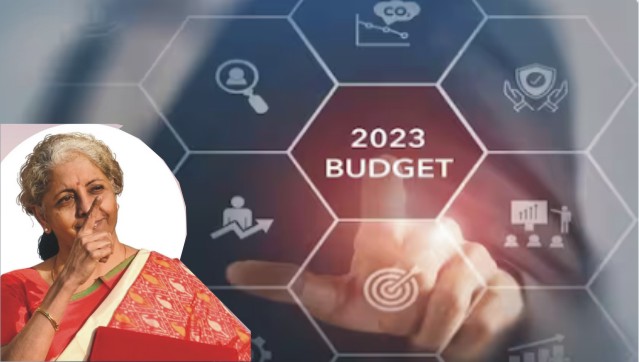
On the face value it gave impression that the government despite presenting populist budget is with the weaker and vulnerable sections but the reflective figures for social schemes, vulnerable, minorities narrate a different tale altogether.
With CAPEX increase of 33 percent, budget may have hit the headlines but likely to miss the goal of inclusive development.
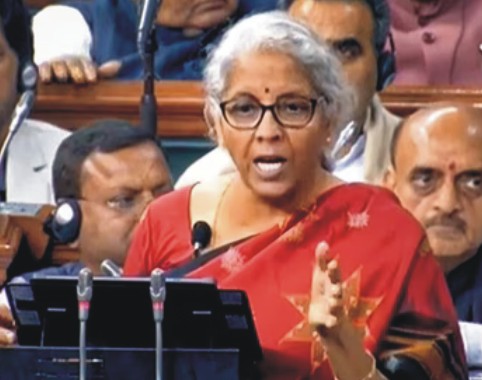
On February 1, Finance Minister Nirmala Sitharaman announced one of the largest increases in capital spending in the past ten years, increased the personal income tax rebate cap, and distributed tax breaks for small savings.
The sixth consecutive budget was presented by Ms. Sitharaman when the economy is faltering and more money is needed for social programs as well as more incentives for domestic manufacturing. Next year, the Modi administration will run for a third term, and nine assembly elections will be held this year.
According to Paranjoy Guha Thakurta who is a journalist, writer, publisher and documentary film maker “This is the last full-fledged budget before the next Lok Sabha elections that is scheduled to take place in 2024. What will be presented on 1 February, 2024 will be a vote-on-account. Five years ago, they had also modified the personal income tax regime. This year also they have done it simply to convey an impression that is helping the middle classes. I am not sure to what extent the middle classes will gain. Some may gain 10,000, 15,000 or 20,000 and some may get a little bit even more.”
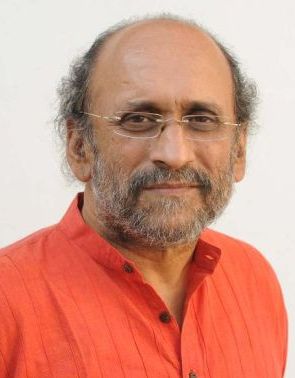
He added, “If the government thinks that the middle classes will have more money in their hand and therefore demand for various articles of mass consumption will go up, I am not sure it will happen. This government is trying to show that it is in favor of the vulnerable sections of the population like women, children, farmers, OBCs, SC and ST. It is more tokenism, to show that they are doing something but in actual practice it may not be like that. Look at the budget numbers of expenditures, compare the budget estimates and the revised estimates, and you will not that subsidies on food, petroleum products and fertilizers have not gone up. This is also true for the proposed outlays for mid-day meal schemes for schoolchildren and the MNREGA. One can see the budget estimates are lower than the revised estimates. The government may end up spending more through supplementary demands and for grants as they did last year.”
“What the budget numbers mean we will know a year from now. This government is trying to show it is with the vulnerable sections but has not stopped giving more concessions to the rich despite the fact that India today is one of the most unequal countries in the world in terms of income and wealth. What was not mentioned in Finance Minister Nirmala Sitaraman’s budget speech are two words: unemployment and inflation. The extent to which this budget will increase the popularity of the Narendra Modi government remains to be seen but, on the whole, it is in keeping with the way the economic policies of this government have been,” said Thakurta.
“The Union Budget 2023-24, seems to be focused on votes and ‘notes’ (funding sources) as in 2024 general elections are due for Lok-Sabha and Legislative Assemblies of some key states. Such an intension is amply clear from 66 percent increase in PM Awas Yojana, extension of free food scheme covering 80 crore people, income tax relief to middle and super-rich classes and 33 percent increase in capital-expenditure,” said Ranjit Singh Ghuman, Economist, Professor of Eminence, Guru Nanak Dev University, Amritsar while sharing his perspective on the budget.
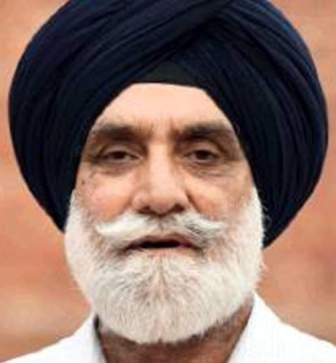
On the budgetary allocation for farmers, Professor Ghuman said, “However, ignoring agriculture and farmers can disturb the vote-mathematics as neither of the two major demands (Debt-relief and guaranteed-MSP and that too when lakhs of crores of NPAs are being settled just by recovering less than 20%) of farmers has got any attention. Cutting down subsidies on food and fertilizers will be another issue with the farmers and marginalized sections.”
“Increase in capital expenditure would mainly generate low-quality-low-paid temporary employment. However, government’s emphasis on unleashing the potential for market-economy and scanty help to micro and small industries will not make much-needed dent on the burgeoning unemployment especially very-high rate of youth-unemployment. Free-play of market forces and ignoring education, health and agriculture, government’s rhetoric of ‘Sab-Ka-Saath, Sab-Ka-Vikas‘, and empowerment of women and youth seems to be a far cry,” said Professor Ranjit Singh.
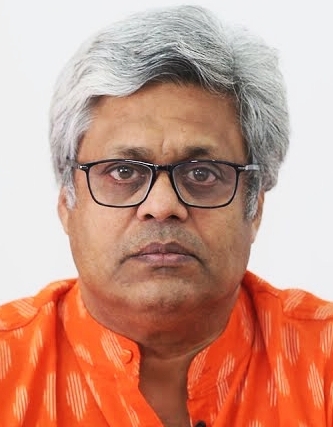
M.K. Venu, a founding editor of The Wire, in this budget discussion with Taniya Roy said, “In this year’s budget, the Union government announced a big tax relief for middle-class earners. This is to boost private consumption. It has also increased capital expenditure by 33 percent to Rs 10 lakh crore – the highest on record, as per reports. However, public investment alone would not suffice, instead, the government needs to focus on sustainable growth and address structural challenges.”
Surajit Sinha retired professor of Economics, Department of Economics Sciences, Indian Institute of Technology Kanpur said, “At this critical juncture in our economy where on the one hand, the heavy investments in much needed infrastructure are weighing out against steady cuts in government’s commitment on social welfare schemes.

As expected, the left is crying out against such imbalances in priorities whereas the right is more or less happy with it. Wasn’t this the case right after Independence when meagre resources where diverted to building public sector companies to produce steel and heavy industries and river valley projects and so on to ensure supplies of some essentials?However, administrative failures and mismanagement in these giant PSEs led to the belief that state controls on production should give way to private initiatives where economic efficiencies due to profit motives will resolve wastage of valuable resources, thus our economic society will function better.”
“The current budget is another step in that direction where private initiatives will be encouraged over welfare support to the poor. Through tax cuts, people who “have” are encouraged to spend more, and “have nots” are asked to fetch for themselves while government focusses upon public-private initiatives to build the economy and usher in green technologies etc to mitigate the third front that has opened with climate change,” said professor Sinha. ![]()
___________
Also Read:
TRUTH VS FALSEHOOD: BBC – Who is afraid?
Mughal Gardens – Name Changed, But Why?
Industrialization versus Environmental Degradation
Punjab – How a deadly cocktail of Agri-Water-Energy nexus going to destroy it?

Disclaimer : PunjabTodayTV.com and other platforms of the Punjab Today group strive to include views and opinions from across the entire spectrum, but by no means do we agree with everything we publish. Our efforts and editorial choices consistently underscore our authors’ right to the freedom of speech. However, it should be clear to all readers that individual authors are responsible for the information, ideas or opinions in their articles, and very often, these do not reflect the views of PunjabTodayTV.com or other platforms of the group. Punjab Today does not assume any responsibility or liability for the views of authors whose work appears here.
Punjab Today believes in serious, engaging, narrative journalism at a time when mainstream media houses seem to have given up on long-form writing and news television has blurred or altogether erased the lines between news and slapstick entertainment. We at Punjab Today believe that readers such as yourself appreciate cerebral journalism, and would like you to hold us against the best international industry standards. Brickbats are welcome even more than bouquets, though an occasional pat on the back is always encouraging. Good journalism can be a lifeline in these uncertain times worldwide. You can support us in myriad ways. To begin with, by spreading word about us and forwarding this reportage. Stay engaged.
— Team PT


Copyright © Punjab Today TV : All right Reserve 2016 - 2024 |